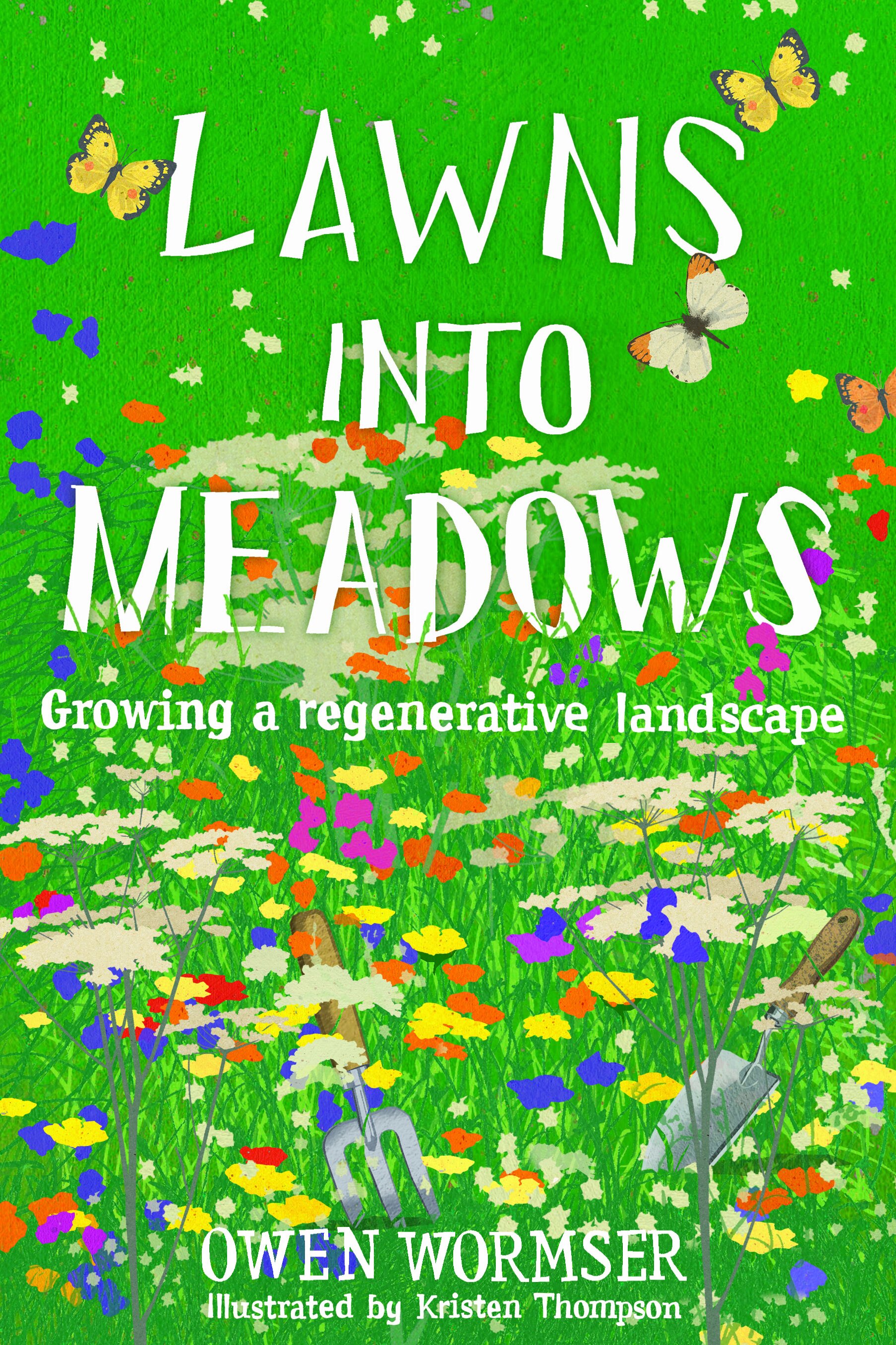
 5
5






 2
2




Visit Redhawk's soil series: https://permies.com/wiki/redhawk-soil
How permies.com works: https://permies.com/wiki/34193/permies-works-links-threads
 3
3




You don’t have to live off the grid to help the environment. There is a reasonable middle road to lightening your burden on this planet. Among the many options easier than giving up everything to live in a cabin in the north woods of Maine: Consume less. Buy locally. Cut back on meat and dairy. Compost your food waste. Grow some of your own food. Use public transportation whenever possible. Fly less. You can also grow a meadow instead of a lawn.
Aim High. Fail Small.
Repeat.
 2
2




Check out Redhawk's soil series: https://permies.com/wiki/redhawk-soil
 3
3




 2
2




Invasive plants are Earth's way of insisting we notice her medicines. Stephen Herrod Buhner
Everyone learns what works by learning what doesn't work. Stephen Herrod Buhner
 2
2




(Subtle variations in spelling and grammar do not reflect on the quality of this message, nor should they detract from your appreciation of a given message, as they are a sign of its handmade quality and contribute to its overall uniqueness.)
 2
2




"Study books and observe nature; if they do not agree, throw away the books." ~ William A. Albrecht
 8
8




 4
4




Owen Wormser wrote:An area the size of Washington State is mowed turf in the US and the adverse impact of all that lawn is enormous.
 1
1




 2
2




Ellen
Music, Farming, Community! How do I choose? Oh wait, I choose all three.....
 2
2




 1
1












 1
1




Ela Kubajek wrote:Hello Owen. My first post to You!
Two questions:
- Any suggestions about how to succesfully plant more seeds into existing lawns?
- What experience do you have in recultivating dry, sandy (very sandy) grounds to make them home to more biodiversity? My pain is that almost none of the seeds I plant are germinating.










Other people may reject you but if you lie in the forest floor for long enough the moss and fungi will accept you as one of their own!
 1
1








 2
2




 2
2




 2
2








 1
1




 1
1




$10.00 is a donation. $1,000 is an investment, $1,000,000 is a purchase.
 2
2




 2
2
























 1
1




David Glanfield wrote:Welcome Owen. I gave up the billiard table lawn years ago but meet resistance from neighbours over fears that my “weeds” will somehow pollute their perfect lawns. Look forward to following this topic, hopefully it will provide me with some answers.




The species that I focus on in the book are specific to the United States. However, the rest of the information in the book can be universally applied, regardless of where you live.T. Down wrote:Hi,
I love the sound of this book, but am just wondering how U.S specific it is in terms of species?




Dennis Bangham wrote:I will start a new orchard next year. The trees will be closely spaced in rows but enough room to get a tractor between the rows after the trees are grown. I will keep the trees to around 12 foot tall.
Is it worth looking at adding meadow like strips in between the rows?
The soil is covered with wood chips then thin layer of woodland top soil and underneath clay.




Annette Watson wrote:Hello! I live in Safford AZ, and my ‘yard’ always looks terrible in the summer. Actually all year long. In the sun there is nothing. In the more shaded areas I Have Bermuda, which I inherited from a previous owner. It is so thick in a couple of areas that it chokes out everything else. I would love to get some ideas as to what would work in these areas. It would be great if there was something wonderful that would actually choke out the Bermuda, but I imagine that I will just have to get out there and dig it all out 😩. And then I would love to find a ground cover that would hold up to Arizona summers sun. A double bonus would be that it would hold up to some foot traffic. In the front it has to look neat and more traditional. In the backyard though I have some permaculture principals going on there and can leave it more wild.
Annette Watson




DavidM Mdavid wrote:We have half-a-dozen hundred-year-oaks in our front yard in Michigan. A year ago an arborist told us that our lawn was not healthy for the trees. The trees shade the grass, which starts to struggle, which makes you want to use fertilizer and pesticides, which hurts the trees, etc. Therefore, we are letting the lawn go back to nature by not mowing. The oak leaves and twigs are starting to accumulate and the grass is dying out, which seems fine to us. The old oaks are far more precious than a manicured lawn. We would be interested in hearing your perspectives on this situation. Is there anything that we should or should not do to hasten or enhance this process? Would wood chips help? We have other areas of woodland with a natural forest floor of decayed leaves, tufts of grass, understory plants, etc. That seems like a fine idea for our front "lawn", too. Thanks for any input.

|
Hey! Wanna see my flashlight? It looks like this tiny ad:
Learn Permaculture through a little hard work
https://wheaton-labs.com/bootcamp
|

